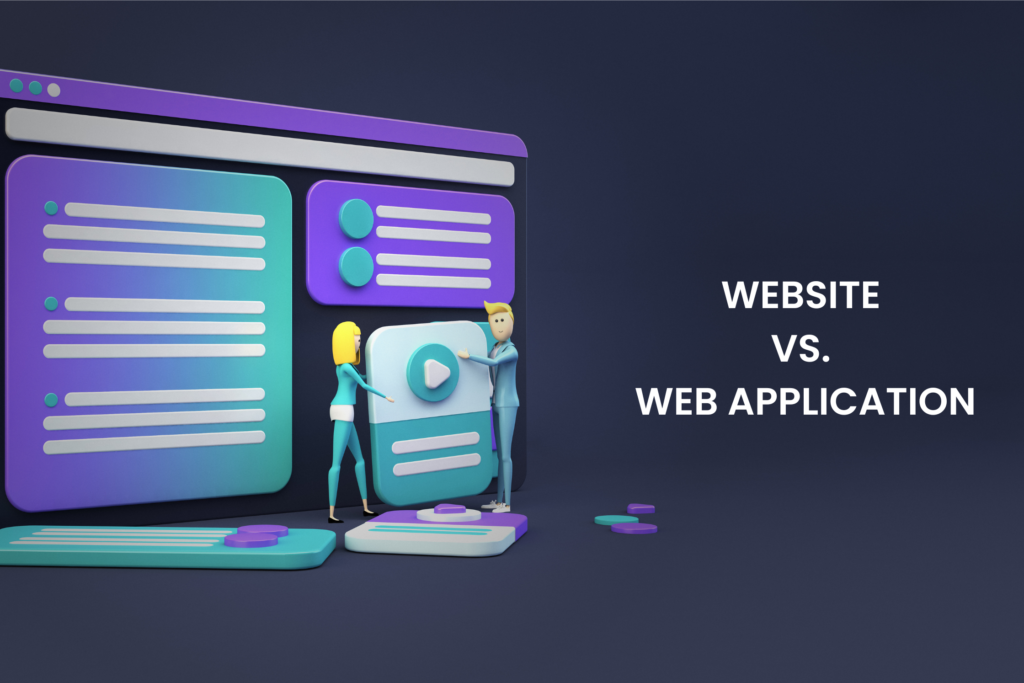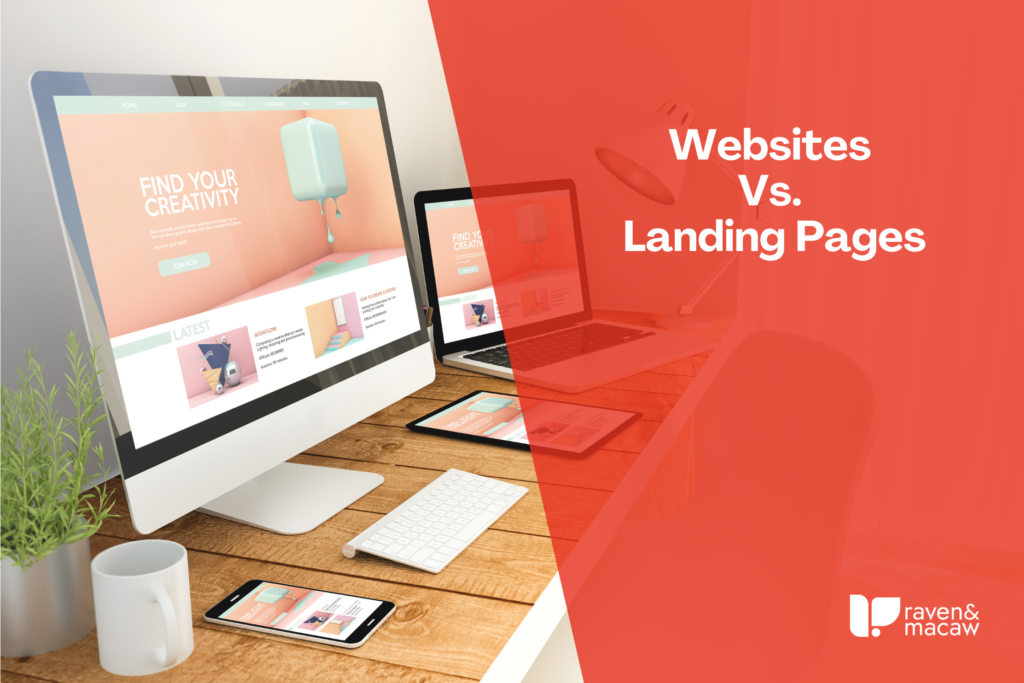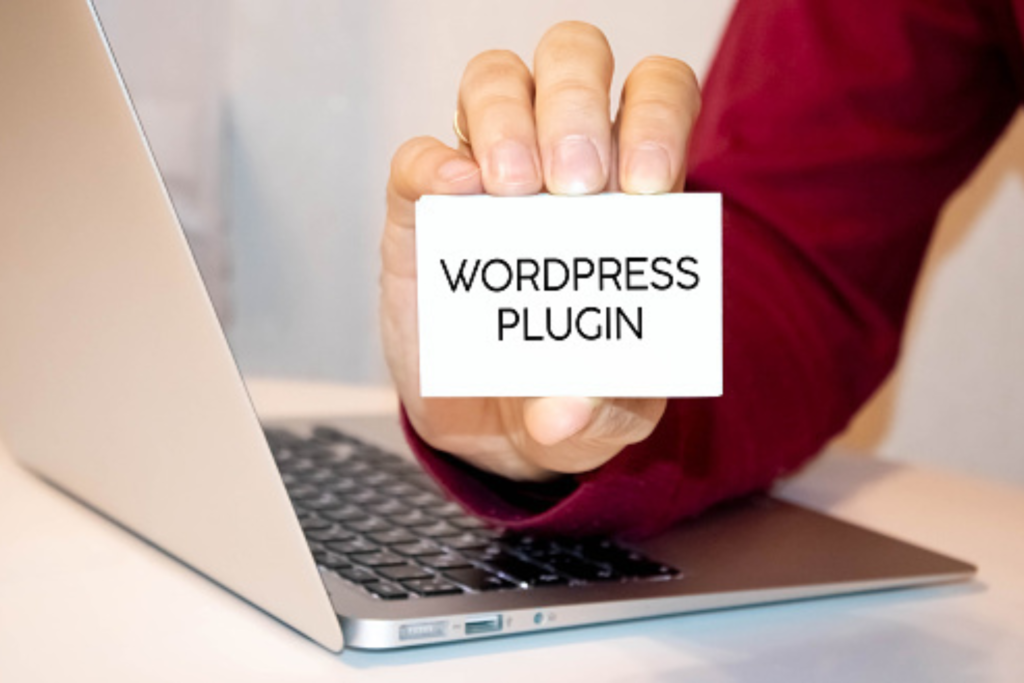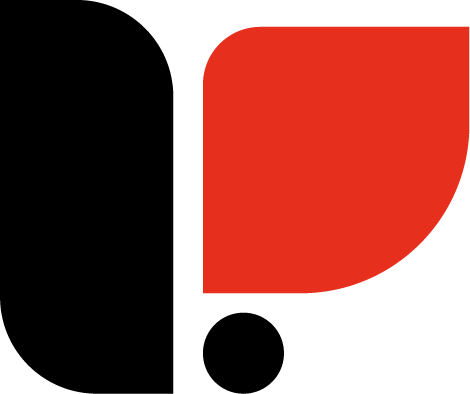Website Vs. Web Application

There is often confusion between “website” and “web application”, but they refer to two very different things. A website is a collection of static pages displayed to users in their web browser. On the other hand, it is a dynamic and interactive application accessed through a web browser. What is the difference, then? A website is generally used for informative purposes, while a web application is used to complete specific tasks. In addition, websites are often much simpler and quicker to create than web applications. However, it is essential if we understand that right from the development stage, these two are not the same; they both have different purposes of creation and function in various ways to provide solutions. In addition, web applications offer several advantages over websites, such as connecting databases, processing data, and carrying out complex tasks. If you’re unsure of what you need, keep reading to learn more about the difference between a website and a web application. Website A website is a set of accessible related web pages that may contain images, videos, audio, write-ups, or other information/data that individuals can read or retrieve through the internet. A website is made up of web pages. It can be single or multiple pages. Every website has a unique URL; for individuals/users to have access to a website, they must have/click its URL. An excellent example of a website URL is https://ravenandmacaw.com/ Websites are of different types. The six major types of websites include: Personal website Business Website E-commerce website Portfolio website Blog website Crowdfunding website. Different websites are created for various purposes. The way every type function is entirely different from the other. However, with all their differences, they still answer the name of a website. So this means that they have some characteristics in common. Features of a Website Creating a website is one thing; chipping in the core features is different. There are five must-have features for every website. Fast Load-time – before anything pops up, a website has to load after clicking its URL. The amount of time it takes to load is the load time. Nowadays, most people don’t have the patience to wait more than 5 seconds for a website to load. So, a good website should be able to load in not more than 5 seconds. Page quality/Appearance – This key feature will dictate how long a visitor will stay on a website. First impression matters. The design, appearance, and how everything is well-arranged and nice looking. Quality Content – the main reason everyone visits a website is to feed on its content. Whether videos, pictures, documents, or blogs, a good website contains quality content that either educates, entertains or benefits users. User-Friendly and Easy to Navigate – when a website is user-friendly, visitors find it easy to access from different digital devices and quickly understand what the website is all about. A good website is easy for users to navigate from one page to another to find what they are looking for. Is a Website Important? Whether for personal or business purposes, a website has so many benefits, some of which include the following: A website makes a company looks more professional It increases customer trust and boosts engagement A website enables a business’s marketing It is easier to sell products with a website A website provides social proof What Is A Web Application? A web application is a software that is accessed through a web browser. These applications are designed computer programs that function and interact with specific elements, using scripts from both the server and client to provide meaningful information. Some suitable well-known web applications include Amazon, YouTube, and email programs. Web applications can be customized to perform several functions. However, they are more complicated to build than websites. Features of A Web Application Web applications can easily be tested vis automation They can be run across all Operating Systems Web applications are hosted on the cloud and can be scalable. Is a Web Application Important? Similar to a website, you may be thinking about how vital a web application is. Good news; many successful companies nowadays have a web application in addition to their company website. You wonder why? A web application is easy to maintain, customize, secure, and update. In addition, there is no request for any app store approval because they run on browsers. Difference Between Websites And Web Applications WEBSITE WEB APPLICATION They have visual and text content that front-end users can only view and read. A user can interact and make some manipulations to its content Newsletters do not require authentication unless for regular websites All forms of a web application must be authenticated with usernames and passwords The entire public can easily access information Registered individuals can only access most data. A website can be built with basic knowledge of web technology. It requires advanced knowledge due to its security and functions. It is cost-effective. It is a bit less cost-effective than a website because it involves using so many components. In conclusion, the difference between a website and a web application is that a website is typically static, while a web application is interactive. If you want to build a website for your business, contact Raven and Macaw to get started. Keep reading our articles to learn how to manage a business in the digital space.
How To Optimise Your Website

Over 60% of Google users search for products and services online. Also, around 80% of these people end up in direct, in-store sales or another patronage. So this becomes a good reason to optimise your website. Optimising a website pops up in top searches whenever users search for a related keyword. It is a continuous process. The more you keep doing business and creating content, you must also keep optimising your website regularly. What’s more interesting is that the ways to optimise your website are primarily free. So, it is not a matter of who has the deepest pockets but who is ready to put in more time and effort. Below are some free ways to optimise your website: Optimise For Mobile Nowadays, smartphones and tabs are used for research more often than desktops. You have no idea from which device a user will access your website. That is why it is of enormous importance to optimise your website for all digital devices. Nobody enjoys surfing a website with cut-off edges and oversized content. So, don’t forget to scale all your images for responsive design, avoid long meta descriptions and take note of pop-ups that may obstruct your visitors from reading or seeing your content. When last did you check your website via a mobile phone? Well, do that now and see if everything looks good. Easy Site Navigations Most people don’t take site navigation serious because it is arguably a complex notion to understand. However, it is a vital step in website optimisation. Almost everything will fail if your website is challenging to navigate; your great content and offers will barely matter. The layout of your website should allow users to have access from one point to another without so many clicks and stress. So, initially, you would like to start simple and have an image of what your website should look like before building it. Then, look and feel for everything and ensure it is something users can easily navigate. Proper Keyword Research This is more like a trick in optimisation; the research for words and phrases that your audience would like to see and have interest in. so first, you have to understand who your customers are. This looks like an arduous task, and yes, it is. However, some tools like Google Keyword Planner make it all easy. These tools will show you words (related to your niche), how many searches the terms have, your competitors and more. So it would help if you considered going for talks with high searches but low competitors. Make Use Of Landing Pages Landing pages are almost a necessity for every website. All customers need a page to land. If you are driving traffic from social media handles, you should have landing pages for your customers to see more about your products or services. These landing pages should be similar in colour and verbosity to your social media post. Landing pages are excellent remedies for intricate websites that channel customers to the correct pages. Keep An Eye On The Speed How fast a website boots and functions is key to its success. Google has made a free tool known as “PageSpeed Insight”, which can assist you in understanding how fast it takes the pages on your website to load. In addition, it gives you suggestions for a better speed. See How Similar Websites Are Doing Undoubtedly, the best way to be ahead of your competitors is by looking at what they do and developing a better idea. You may find it hard to do a couple of things on your own; in situations like this, you can look at how similar businesses are doing it and have an idea of how to start. Things to look into may include articles, product pages, titles and more. However, it is more important to consider what works well for them. Visit the Raven and Macaw website now to learn more about optimising your website, or consult our experts to design and optimise your website for long-term effects.
6 Easy-to-use Graphic Design Tools

Graphic design: what is it? The production of visual compositions for problem-solving and concept communication using text, imagery, colour, and shape is known as graphic design. There are various forms of graphic design, each with a specific area of competence because there is no single best approach to accomplish that. Graphic design is described as “the art and practice of designing and projecting ideas and experiences with visual and textual information” by the American Institute of Graphic Arts (AIGA). In other words, the graphic design uses images to convey specific concepts or thoughts. These images might be as straightforward as a company logo or as intricate as website page designs. -The 8 Types of Graphic Designs You Need To Know- Therefore, graphic design tools are software programs that assist designers in realising their ideas. So, just get started if you’re sick of paying for graphic design. In this article, we’ll discuss six simple and easy-to-use graphic design tools whether you’re a student or a business owner. CANVA A free online graphic design tool is Canva. Use it to make logos, presentations, posters, films, social media postings, and more. To enable everyone in the world to design anything and publish anywhere, Canva is an online design and publishing platform. As a straightforward drag-and-drop user interface, Canva enables picture manipulation and project-based learning and is suitable even for younger students. It provides many virtual templates so users, including students, can edit designs and make additions. Canva has many features, but many of them are targeted at educators. Canva has more than 8,000 templates, compared to Snappa’s 5,000 in addition to stickers and badge graphics. ADOBE SPARK Adobe Spark is an integrated narrative platform and online creative tool. Users can design and produce images to communicate knowledge interactively. The tool was developed in May 2016 and consists of three design programs: Post (graphic design), Page (web design), and Video. Adobe Spark helps you build innovative web pages and videos by striking the right balance between minimalism and robust design. Users never lose their progress because modifications made while designing any of the three apps are saved in an online cloud. SNAPPA Snappa is a cloud-based graphic design tool created to assist small businesses in creating graphics for infographics, emails, blogs, social media, and other channels according to the channel’s specifications. Snappa is a straightforward tool that aids in producing minimalist designs. Snappa is entirely free to use for as long as you’d want. You can access thousands of images and graphics, three monthly downloads and professionally created social media templates for all the major social media networks. There are several critical distinctions between Snappa and Canva. Canva includes more sophisticated design features, whereas Snappa concentrates on straightforward, user-friendly tools. DESYNER With established templates, Desygner, a visual design tool, organisations may create social media posts, presentations, advertising, posters, and other types of material. However, the most excellent and accessible graphic design software is called Desygner. This tool provides the sense of using photoshop because it allows you to switch between picture layers and customise your text and graphics settings. AFFINITY DESIGNER Due to its user-friendly interface, Affinity Designer is a fantastic alternative for independent projects or beginning graphic artists. It is a solid rival to Adobe Illustrator, offering a comparable set of design tools and additional user-friendly features. People who desire a cost-effective option without sacrificing functionality should consider it. PHOTOSCAPE A minimal toolbox of sketching tools is included in the free picture editing program PhotoScape, which covers all the essentials. Due to its drag-and-drop user interface, it is easy to use. It will swiftly and pleasantly complete straightforward operations such as resizing or cropping. Additionally, it has some batch operations, including file renaming and minor editing to speed up your work. We hope this article helps you know about graphic design tools that are easy and free to use, even as a student or an amateur. If you liked this article, follow us on Instagram, Facebook, Twitter and LinkedIn, where we share the company updates and tips.
Websites Vs Landing Pages

Have you ever been stuck between choosing a website or a landing page? To make things clear, a website is like your whole business online, while a landing page is a part of it. However, you may need a website and landing page for a superb online impression. Although a landing page can be just a part of your website, in some cases, it works better than your website and vice-versa. However, there are times when you may need both for your online presence. In this article, we will look at what a website and landing page are, their differences and when you need one over the other. A Website It is a set of accessible related web pages containing images, videos, audio, write-ups, or other information/data that individuals can read or retrieve through the internet. A website is made up of web pages. A website has different functions and can portray almost every idea. For example, businesses use websites to display and explain their products or services and grant individuals access. A website speaks for you online with relevant features like purchases and customer services. Landing Page Unlike a website, a landing page is a simple webpage created for a clear purpose and specific audience. It is usually based on a promotional concept to engage leads. It may and may not be attached to a website. Landing pages are excellent marketing tools for advertising, generating sales campaigns, and more. They are designed in an accessible and straight format with a CTA for visitors to sign up, download, buy, or purchase. Difference between Website and Landing page The Website Landing Page contains several pages with various purposes. A single page with a single goal. There are pages on websites that are not focused on conversions. A landing page is focused on conversion. Information on a website provides everything the visitors need to know. Information is centred around a single offer; It is created to present an entire business. It is designed to sell products or capture leads. Several modules and functions. A landing page typically only includes text, images and CTA. Website or Landing Page For new users, it may be hard to choose between a website and a landing page. Well, it all depends on the requirements. For example, a landing page works best for a quick product launch or boosting the online presence of a business. However, a website works best for online business details, selling multiple products, blogging and many more. -Different types of websites you should know- When You Need A Website Over A Landing A website is an excellent tool for telling your brand story. Whether a business or a personal account, the About Us, Mission and Visions pages can provide all the necessary information, your visitors might have about you or your business. A website serves as an online store. All your products and more can be organised on several pages within it. Every product can be described with its features and a category. A website can be populated with service pages. Visitors can quickly locate and book your services with quality and clear messages. A website offers functions and relates you to your customers. You can showcase everything you do or offer and help users locate your business through your website. A website is to inform and not always sell. When You Need A Landing Page Over A Website Ads quality, like PPC, is measured by the linked pages. When launching a new product, discount, location, events, etc., a landing page around the ad will perform better than an entire website. A landing page works best when you want to grab users’ attention quickly. A landing page provides only what the user wants to see/do. It is also used to generate the best leads. Some forms mostly pop out on landing pages; anytime a user fills out the form, they become a lead. Website or landing page, at Raven and Macaw, we can help you with both for long-term double profit.
Top Free WordPress Plugins For Every Website

There is barely a business today that doesn’t need a website. However, it is not just about getting the website. The design, speed, performance, user-friendly, ease of access, security, and more all matter and must be right before a website meets its primary purpose. With so many content management systems (CMS) platforms, WordPress is the most popular and among the best. For example, 30% of the websites the world access in a day are made from WordPress; second is WebEx Panel which is only 13%. WordPress is open source and flexible, meaning you can adjust its codes to your taste. Along with its thousands of other features, including the “plugins.” Plugins are like apps you can install on your WordPress website. Some are free, some you have to pay for, and some are free but can be upgraded to a pro version. Do you know there are over 50,000 plugins on WordPress, but you don’t want to download what you don’t need, right? Below are the 11 must-have free plugins for every WordPress website. Yoast SEO What’s the essence of a website if it doesn’t aim to rank high? This is something that everyone would love for their websites. Understanding SEO can be complicated, but the Yoast SEO plugin makes it much more manageable. With this plugin, you can select a keyword and optimize any of your pages. It also gives you access to set and arrange the website’s title, meta description, and URL. In addition, this fantastic plugin breaks down your pages’ readability and SEO and provides tips on perfecting every page. Yoast SEO plugin is free; however, you can upgrade to a premium version with more features, like optimizing your page with as many as five words. WordPress Jetpack Do you know that downloading so many plugins will make your website slow? Gone are the days when people had the patience to wait for up to 10 seconds before a website loads. Well, hopefully, jetpack by WordPress has a solution to that. However, most users don’t understand how this plugin improves their websites. In easy words, think of WordPress Jetpack as a master toolkit; it is a plugin that contains about 4 million installs. It greatly assists in designs, data statistics, social sharing, and improved security. Aside from all the features, it boosts your website’s speed. And the sweetest thing about it is “it’s all for free.” Oh my! Do you need plugins after this? Jetpack has so much to benefit from, but let’s see what we have on number three. WooCommerce Do you want to open or switch to an e-commerce website on WordPress? Well, this should be the first plugin you should download. WooCommerce is the best and most popular plugin for all e-commerce websites on WordPress. This plugin is impressive because it is flexible and lets you have total control of the designs and functions of the online store. It also provides various shipping options, including real-time shipping calculation and payment options. Moreover, everything is under your control; there is no third-party interference in any of your data. Finally, its last impressive feature is “it’s all for free.” Smush Image Compression and Optimization Any website without images looks boring, right? Sure! Images are essential in a website, but heavy or too many photos could take some time before they load. So, uploading such images to your website will make the site slow. However, we may be familiar with the manual method of compressing an image before uploading it, but that can be stressful and time-consuming. With the help of the smush plugin, any picture you try uploading on your site will automatically be compressed. Anytime you upload an image, it shows you how many megabytes you’ve saved. Say goodbye to slow load time by installing this plugin. Akismet Anti-Spam I’m sure it is not only me, but no one likes spam. However, the moment you launch your WordPress website, it is something you can hardly avoid. Spam can ruin the interest of your readers and discourage their purpose of coming to the website. Well, that can only happen if you ignore this plugin. WordPress officials purposely create the Akismet Anti-Spam plugin for this purpose. In recent statistics, it has about 34 million downloads and was ranked the most popular plugin ever. So if you don’t have it, do so today. You need an API key before you can use this plugin. So, once you install it, click on “Get your API key” and follow the step-by-step process. Monster Insight Tracking data is among the top most essential ways to improve your website. Without data, you’d be lost. That is why monster insight is important and stands among the most powerful. This fantastic plugin lets you easily add, see and manage all the analyses on your website’s performance. You get to see/view all the analysis from within your website. Further, you can set it to track all visitors’ actions on your website (buttons they click). W3 Total Cache & WP Super Cache Best for free, add these two to your list. We know those slow websites are frustrating, and we could lose many potential customers. The W3 total and WP super cache plugins are essential in boosting a website’s speed; without speed, there won’t be more traffic and SEO ranking. These plugins create static pages of your website; anytime the website is clicked, the static pages will pop up instead of loading a full PHP script. This reduces the WordPress website’s load time and boosts its overall speed, making it a more awesome visitor experience. Furthermore, they also save bandwidth and minify HTML and feeds. WPForms Over 5 million installations and more than 10,000 5-star reviews on this plugin. With that, you can quickly tell it is a hot cake among many people’s favorites. WPForms is vital because it is the simplest way for people to reach you via
